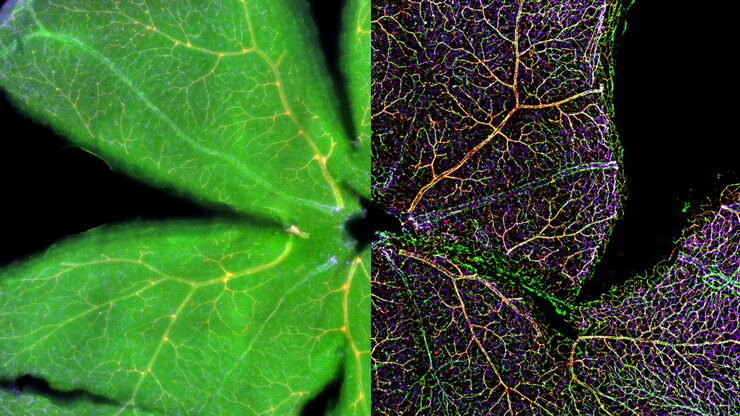Vikram Kohli , PhD

Vikram Kohli Ph.D is trained as a physicist and engineer with a specialty in semiconductor physics, laser & electro-optics, and mathematics. His postdoctoral work focused on vascular development, neuronal biology, and the genomics and etiology of autoimmune diseases.
The Power of Pairing Adaptive Deconvolution with Computational Clearing
Learn how deconvolution allows you to overcome losses in image resolution and contrast in widefield fluorescence microscopy due to the wave nature of light and the diffraction of light by optical…
An Introduction to Computational Clearing
Many software packages include background subtraction algorithms to enhance the contrast of features in the image by reducing background noise. The most common methods used to remove background noise…


